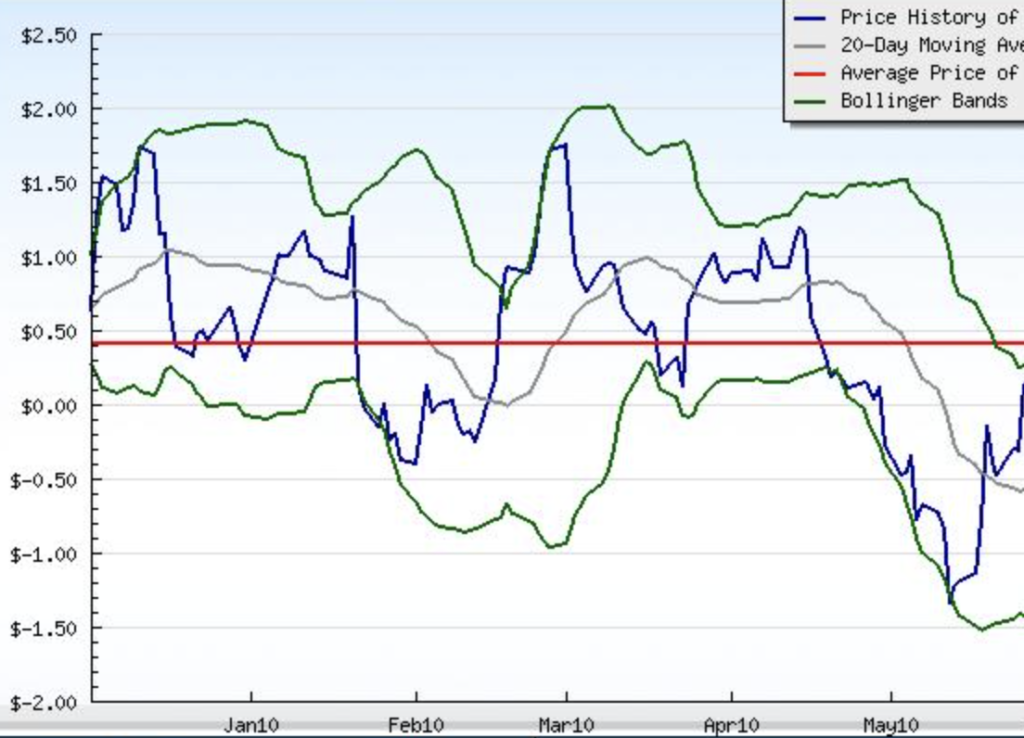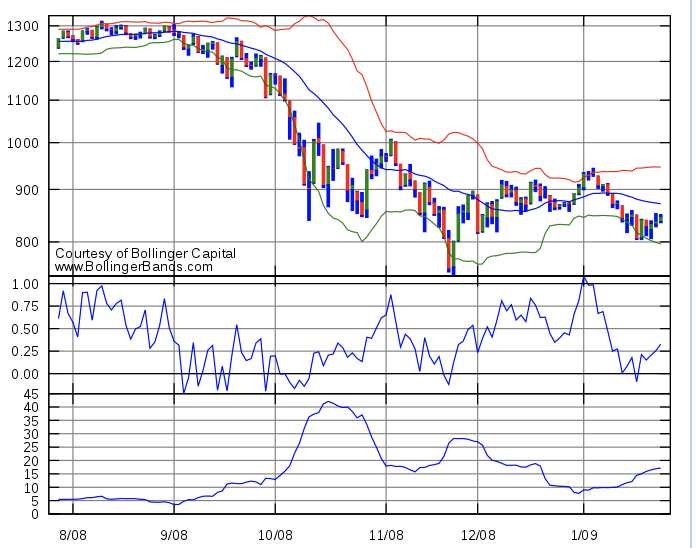To buy shares on the stock exchange, you submit a request to a broker detailing the company you are interested in and the number of shares you want. You effectively become a co-owner of the company by buying a share of its profits and assets. A Contract for Difference (CFD), in contrast, is a contract between a trader and a broker enabling the trader to speculate on price movement in a market without owning the underlying asset. You receive or pay the difference between the opening and closing price of the asset or market. Let us take you through some of the key CFD trading strategies for beginners.
Since these contracts are leveraged products, you can increase your market exposure, i.e., control a larger position by only having a trading capital percentage.
For example, if stocks need a 10 margin and your trading account has $500, you can purchase stock worth up to $5 000. This allows you to make much more profit than you would have. However, this is a double-edged sword since losses are similarly amplified.
As such, you have to employ prudent risk management skills to stand a chance at making a profit when trading CFDs. This article will take you through the various strategies you can employ while trading CFDs.
Short-Term Trading methods
Here, a short-term position could be between a few seconds, minutes, or hours to a few days. The aim is to take advantage of slight movements in market prices. Compared to long-term trading, long-term trends are targeted, spanning months up to even several years.
With short-term intra-day trading, you save on the fees needed to hold your trading position overnight. Note that a lot of time and focus is required when using this strategy.
Here are three short-term trading methods that you can use for CFDs.
Scalping – Time Horizon Is Seconds to Minutes
Using this strategy, you cash in on small price movements for quick profits within a concise period – minutes or even seconds. You place multiple short-term trades within the trading session and exit once they become profitable.
For the multiple trades placed within the trading day, signals are chiefly obtained via technical analysis. However, monitoring the economic calendar is prudent since news releases can dramatically influence the markets.
One common method favored in scalping markets is using a blend of the stochastics oscillator and moving averages. It is advisable to combine other technical indicators to suit your approach and further justify the decision.
Day Trading – Time Horisont A Day
Using this strategy, you aim to liquidate your positions before the close of trading. Sometimes, you could choose to hold overnight, if the market conditions signify a need to do so. Trading decisions are similarly pegged on technical analysis but with a reference to the economic calendar and the news schedule.
Some traders choose to include other technical tools in justifying their position, such as Fibonacci studies, Japanese Candlestick Patterns, or support/resistance levels.
The timeframes throughout the trading day are typically higher than with scalping. It is advisable to stick to simple price-action methods since complexity can cloud judgment and lead to analysis paralysis.
Swing Trading – Time Horizon From A Day to Weeks
This strategy focuses on capturing a chunk/portion of potential movement in price during a short-term swing and moving on to the next trading opportunity. It will typically involve holding a position for longer than one trading session to a couple of weeks but not months. Swing trades rarely occur within a trading session unless under very volatile conditions.
They focus on capturing a portion of a trend between what can be termed as defined lows and highs. It differs from day trading in terms of time and sometimes, approach.
The strategy is concerned with figuring out where the market prices are tending to move next, placing a trade, and capturing a portion of the profit, if it is successful.
Being one of the most popular approaches, you will need to be familiar with technical analysis since it is the primary method for short-term trades. Fundamental analysis is also applied on a needs-basis.
The benefit of swing trading is that you spend lesser time as compared to day trading. Also, short-term traffic potential is maximized by the possibility of capturing the majority of market swings. Swing trading is also simpler when relying mostly on technical analysis.
However, it also has its cons. For instance, weekend and overnight market risk can affect positions. There is also a risk for substantial losses when markets reverse abruptly.
Some Key CFD Trading Strategies For Beginners
In this next section, some of the most basic CFD trading Strategies for beginners will be presented. We must underline that a great strategy is not in any way a guarantee for successful trades. The strategies must be seen as an inspiration for further research in trading and not an easy way to earn money on the stock markets.

Trading Pairs
This is a market-neutral strategy that involves trading two different CFDs from the same market with a high correlation; one in a short position and the other in a long position.
Here you choose the two assets that normally have a historically high correlation and are beginning to show a discrepancy in correlation.
Pairs trading dictates that you identify, based on the trend, the underperforming asset, open a long position, and then short the stronger asset.
When the assets regain their normal correlation (i.e., the stronger asset deflates and the underperforming asset regains value), you make a profit. The market direction will not affect the outcome since the profit is the difference between the two’s asset prices.
Note that this method relies on a high correlation between the paired CFDs, of about .80 or higher. This can be hard to identify. Also, past price trends may not necessarily predict the future.

Breakout Strategy
A breakout occurs when the price of a security moves below a defined support level or above a defined resistance level with increasing volume.
The breakout strategy requires that you know these price levels and sell or buy based on the trend. Enter a long position if prices rise above the resistance level and vice versa if prices go below the support level.
Be careful not to trade when the signals from the market are not very clear. If you are unsure, you should not enter a trade. Utilize charts to recognize patterns that can give you some clarity.
When well-executed, breakout trading can offer a shallow risk of losing your investment. It is good for basically any trading, including day, weekly, intra-day, swing trading, etc.

Contrarian Strategy
This strategy is hinged to understand that trends cannot last forever, hence the need for the right timing.
If a security price has been declining for a while, identify when that trend is nearing an end. Enter a long position as you anticipate a reversal of the trend.
Similarly, if a stock has been on a rising trend, enter a short position if you identify an imminent sharp drop.

